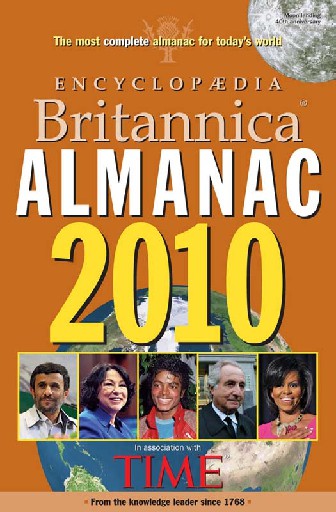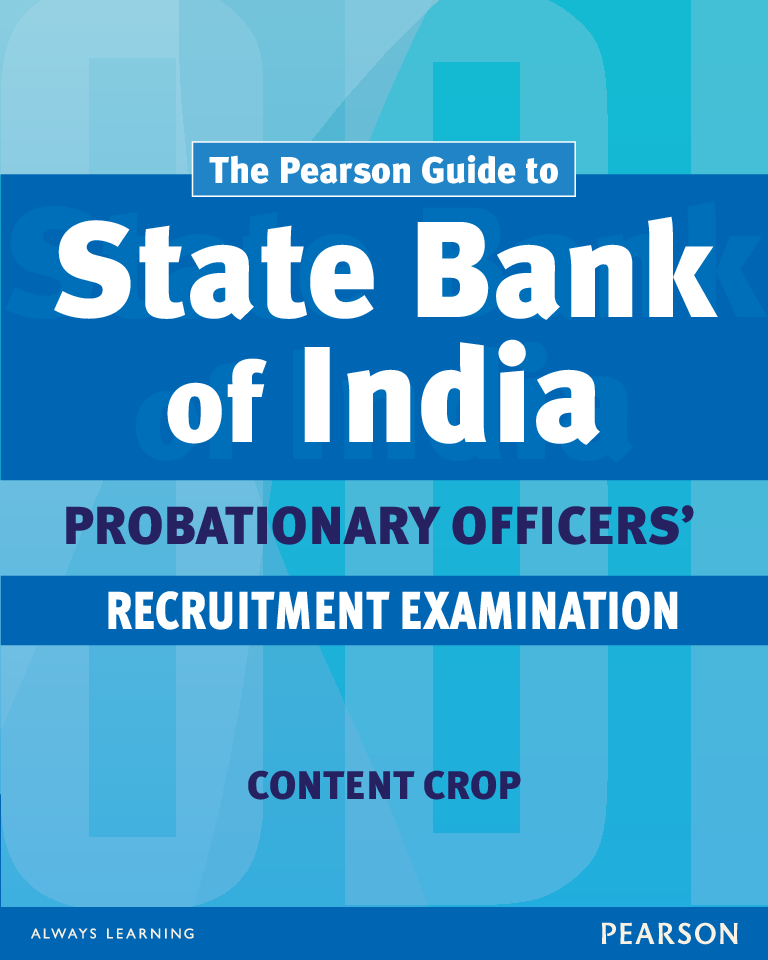Book Details

The Britannica Guide to India
What's in a name? The subcontinent has so many; and all
contentious. In ancient cosmography India was located in Jambudvipa
- Rose-apple island - named after the Jambu tree at its
centre. For the ancient Persians and Arabs it was, less romantically,
simply the land beyond the river Sindu: AI-Hind or Hindustan.
Later nationalists considered this too blandly physical an
appellation, a name, moreover, humiliatingly coined by foreigners.
Bipin Pal, one such critic, insisted instead on Bharatavarsha,
after the ancient king Bharat, a name as richly evocative and as
redolent of great power as Rome. For Gandhi, a less conventional
nation-maker, it was another ancient monarch, the mythical
Ram, who provided the preferred eponym - Ram's Rajya was
the epitome of moral not geopolitical grandeur. Others - more
preoccupied with race and ethnos than history and morality -
preferred Aryavarata: the land of the Aryans. And for the British,
downright dismissive ofIndian national pretensions, both ancient
and modern, India was merely a geographical expression.
Author: Maria Misra
Pages: 465
Issue By: Britannica
Published: 2 years ago
Likes: 0











